I was right…kind of, well, not really. A few weeks back as I was complaining about the heat and humidity, I introduced the thought of a solar vortex, likening it to this winter’s polar vortex but with opposite effect. As it turns out, the polar vortex is alive and well and can occur in summer – in July! What? Really? Yes! This vortex carries the promise of sweet, unseasonal, cool air. As winds and jet streams blow across the polar ice caps, it cools the country, well, half the country, like a great, regional air conditioner of yore. Of course, this is not what really happens, but I like to think it does. Ahhhh, sweet, sweet relief. Welcome polar vortex. What’s that? Much has changed since you were last here? Indeed it has.
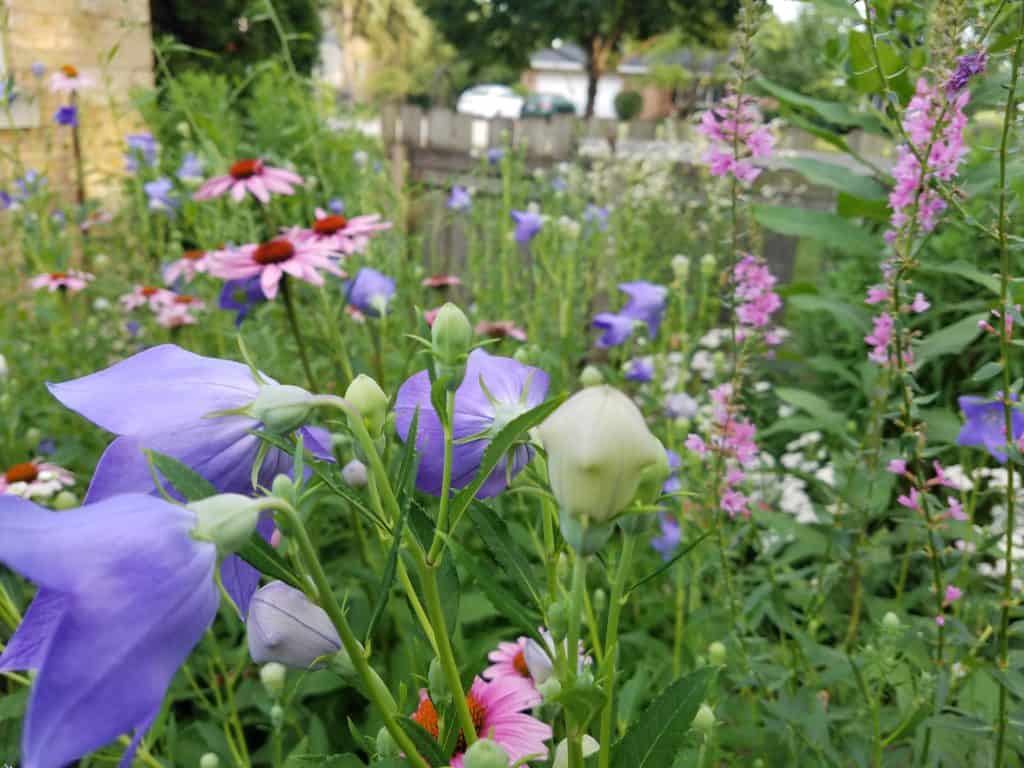
In an effort to keep you interested and offer some out-of-the-box ideas, I thought we should take a moment to discuss the inherent benefits of native plants, their beauty, and their viable use in the landscape.
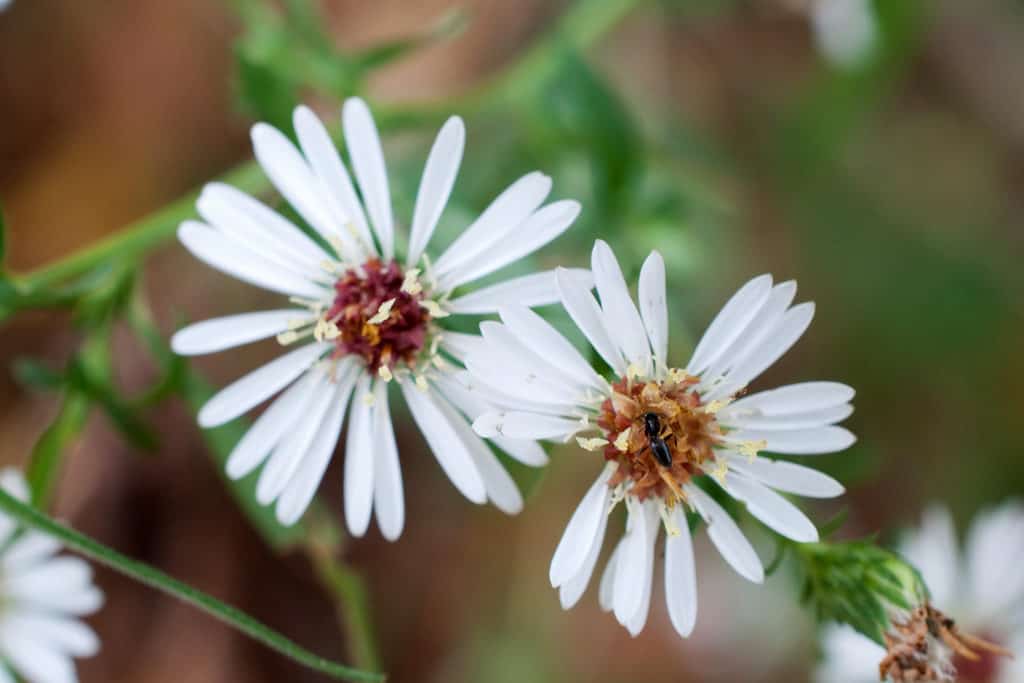
Sometimes native plants conjure up images of leggy, lackluster, messy monsters that frequently run amok, causing havoc, heartache, and the occasional rash. Sure, there are native plants that aren’t exactly good garden guests, but let’s focus on the ones who not only play nicely but are stunning and relatively low maintenance. You don’t have to go completely native. In fact, how about starting by substituting some old standbys with some native alternatives? Let’s begin:
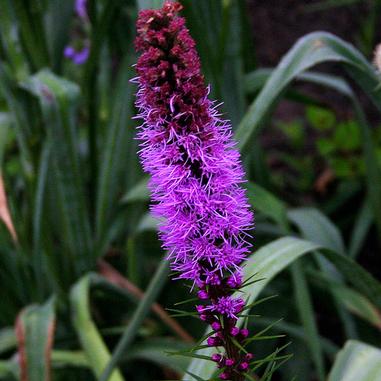
Marsh Blazing Star
A stunning perennial with vertical appeal, reaching potential heights of 5′, Marsh Blazing Star produces a wand-like spike of dense, small, purplish flowers that bloom from the top down from mid to late Summer. Prefers moist, well-drained soil and full sun. Attracts butterflies and hummingbirds and other important pollinators.
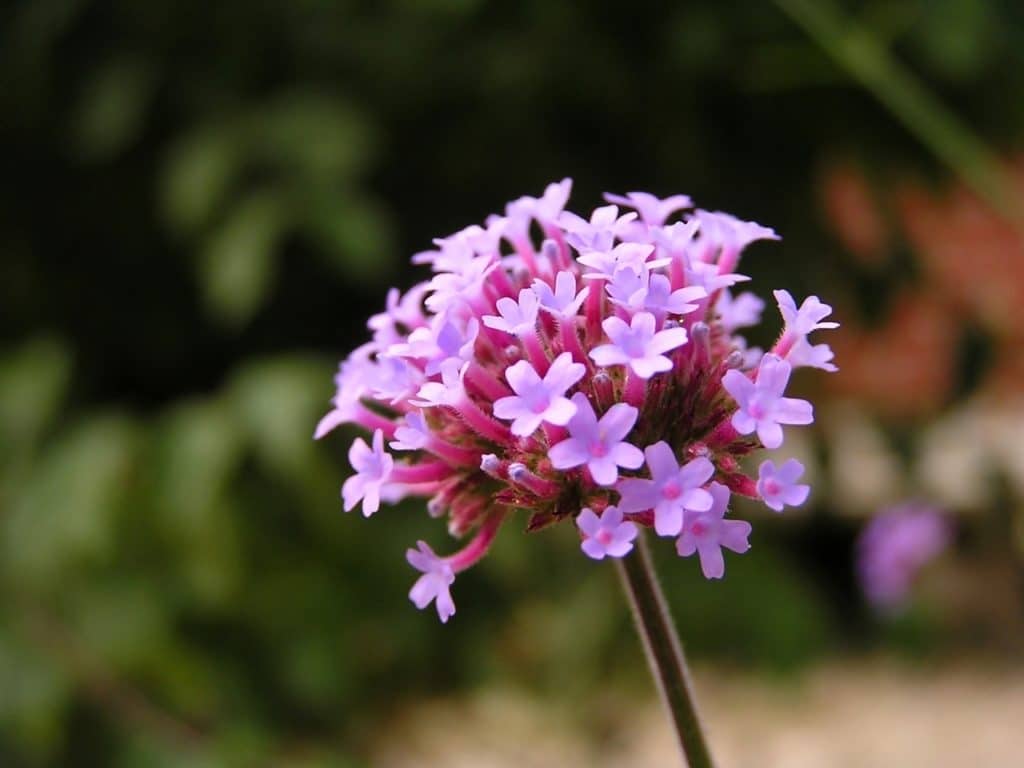
Swamp Milkweed
A perennial wildflower, Swamp Milkweed blooms in mid to late summer with small, pinkish-purple (sometimes white) flowers that are highly fragrant. Some have likened its scent to vanilla and/or cinnamon. After blooming, light green seed pods appear that mature to a tan color in Fall. Does well in moist soil, as its name would indicate, and prefers sun to partial shade. Butterflies and birds are highly attracted to the Swamp Milkweed Grows 3-4′ tall.
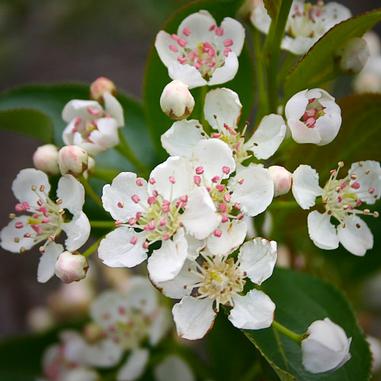
Iroquois Beauty Black Chokeberry
A deciduous shrub, Iroquois Beauty Black Chokeberry produces clusters of creamy white flowers flanked by glossy, dark green leaves that turn a wondrous purplish-red in Fall alongside bluish-black berries. Attracts wildlife, Prefers moist, well-drained soil and sun to partial shade. Grows 2-3″ tall and 3-4′ wide.
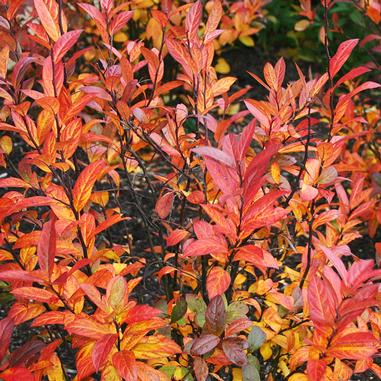
Scarlet Beauty Virginia Sweetspire
Upright growing, native shrub, Scarlet Beauty Virginia Sweetspire produces drooping clusters of fragrant white flowers in early to mid-Summer amongst medium green leaves that turn a striking scarlet in Fall. Its smooth, brown bark and purple branches add another layer of interest to the landscape. Attracts butterflies. Prefers moist soil and sun to partial shade. Grows 4-6′ tall and 3-4′ wide.
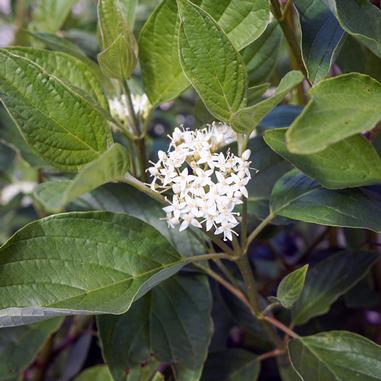
Redosier Dogwood
Redosier Dogwood is a woody, deciduous shrub with dark green foliage and cream-colored flowers that bloom in early to mid-Summer. In Fall, the bark and branches turn a striking red, adding interest and vibrance to the winter landscape. Tolerates a wide range of soils and prefers sun to partial shade. Grows 4-6′ tall and 4-6′ wide.
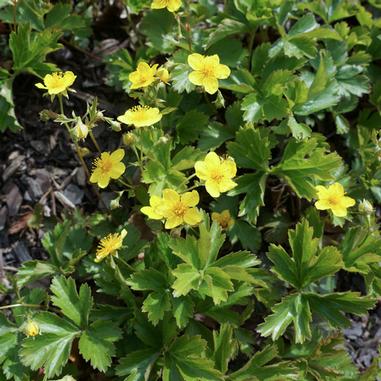
Barren Strawberry
Excellent matt forming groundcover that is easy, adaptable, and maintenance free once established, the Barren Strawberry has dark green, strawberry-like leaves that turn bronze in Fall with bright yellow flowers that bloom in early to mid-Spring. Prefers dry soil and sun to partial shade. Grows 6-8″ tall and 18-24″ wide.
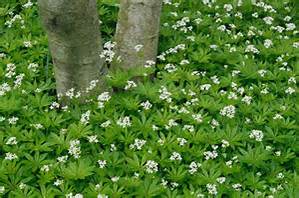
Sweet Woodruff
A delicate, low maintenance groundcover with clusters of small, white, star-shaped blooms flanked by dark green, lance-shaped leaves, Sweet Woodruff gets its name from the refreshing hay-like scent of its leaves and flowers. Prefers moist, well-drained soil and shade to partial sun. Grows 3-6″ tall and 8-12″ wide.
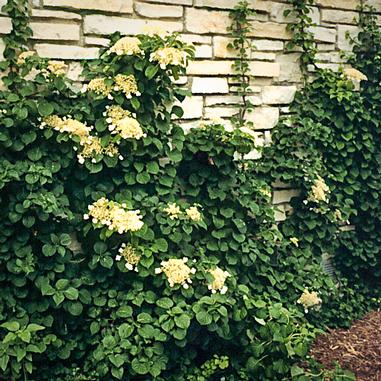
Climbing Hydrangea
A true clinging vine, Climbing Hydrangea is a flowering, deciduous vine that produces fragrant, white, lace cap flowers that can reach 5″ or more in diameter. The showy flowers are surrounded by green leaves that turn yellowish in Fall. Climbing Hydrangea’s exfoliating bark adds winter interest. Prefers moist, well-drained soil and sun to partial shade. Grows 30-60′ tall and 6-8′ wide.
Generally speaking, native plants tend to flourish with less disease and pest problems while remaining low maintenance. They tend to attract wildlife more consistently than non-natives, and can be just as beautiful while providing a connection to the natural environment around you.
“A tree is known by its fruit; a man by his deeds. A good deed is never lost; he who sows courtesy reaps friendship, and he who plants kindness gathers love.”
-St. Basil
Best wishes,
Kim Sweeney
